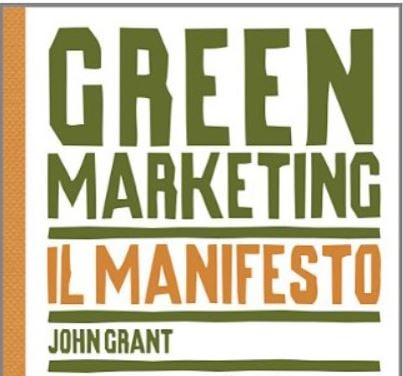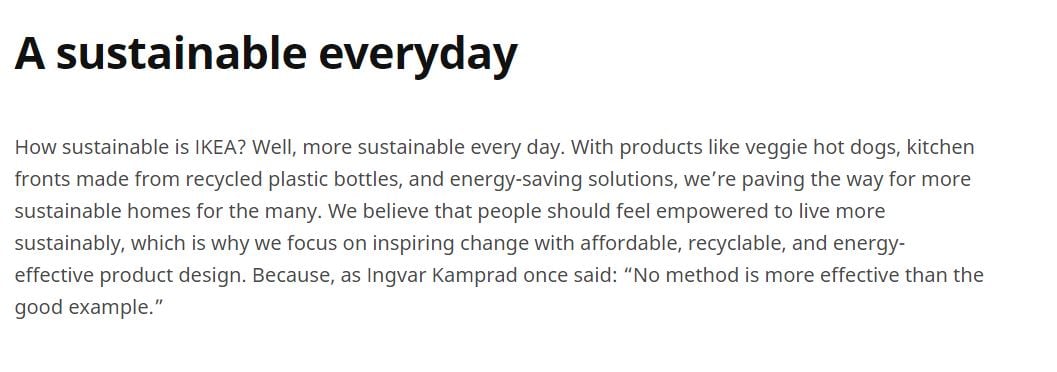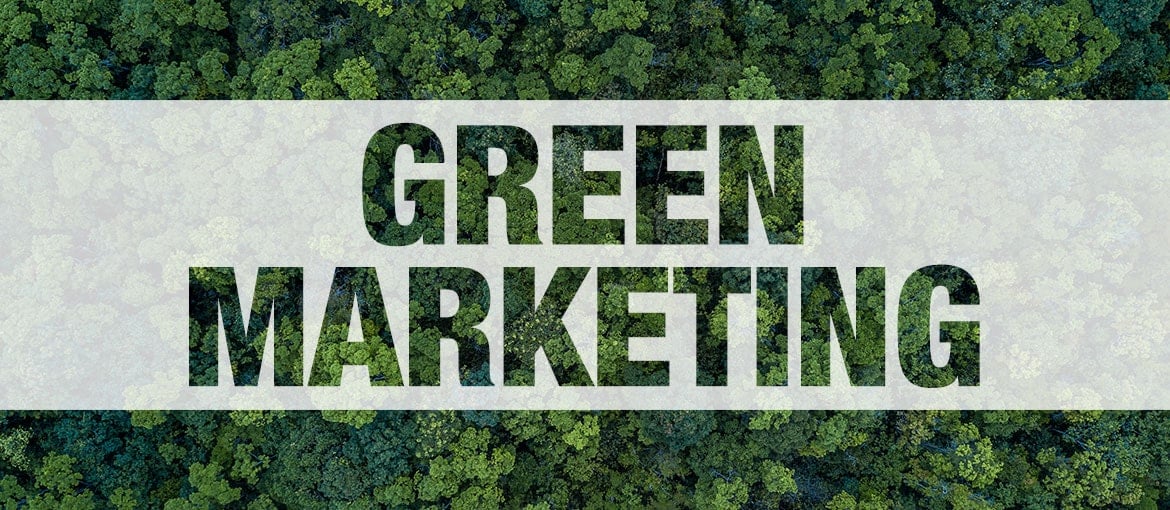Table of Contents
Have you ever come across the term ‘green marketing’ without being 100% sure what it means? It is cropping up more and more frequently, as increasing numbers of companies adopt more sustainable policies and opt for environmentally friendly and recyclable products.
We therefore decided that now is the perfect time to look together in more detail at this new form of marketing, to ensure the expression is no longer just an empty label without any true meaning.
Green marketing: definition and John Grant’s five Is
According to Investopedia:
“Green marketing refers to the practice of developing and advertising products based on their real or perceived environmental sustainability”.
This term therefore incorporates all activities relating to producing and promoting products and processes that incentivise more sustainable consumption. If you want to put a face to this label, the obvious choice would be world-renowned expert and green marketing consultant John Grant. His client portfolio includes brands like IKEA, Sony Ericsson and Lego – not exactly small fry. You can get to know him better through his blog greenormal, or by reading his book The Green Marketing Manifesto, which contains the essential guidelines we need to follow for a more sustainable future: style, energy saving and respect for the environment.

In this book, Grant also identifies the five Is of green marketing. Let’s have a quick look at them together now, to give us a better understanding of its distinctive features. Green marketing is:
- The innovations suggested fit into people’s everyday lives simply and naturally.
- It combines economic growth, social development and respect for the environment.
- It creates a break with the past.
- It makes sustainable lifestyles seem attractive.
- It educates people so they can make better informed decisions.
So which companies are pursuing green marketing initiatives? Now we’ve investigated the theory, let’s move to its practical applications and look at two positive examples.
Green marketing: examples of firms stepping up to the challenge
The companies that choose to commit to sustainable manufacturing processes do it for ethical reasons, in the knowledge that if we were to continue to produce things as we did in the past – without any limits and solely in pursuit of profit – in a few years there would no longer be a market to sell to, because a large proportion of the population would not survive the disastrous consequences.
The environment is threatened in various ways, and there are different things companies can do to improve the situation. Here we’ll look at the work carried out by two brands with very different products, but similar missions.
Green marketing in fashion: Patagonia
For a long time, the fashion world has been driven purely by profit: products ‘expire’ when they are no longer in vogue, and fashions tend to be extremely short, to create new demand and push people to buy more. Luckily, however, today many brands are trying to balance their financial interests with protecting the environment, and Patagonia is one such example. In our post on green logos (link to article) we already explored the firm’s environmental commitment. This interview with Patagonia’s founder provides a lot more information about the brand, as well as some statistics.

In addition to these major initiatives, they also use recycled and organic materials and sustainable manufacturing processes (ticking off the first of our Is: Innovative).
Does sustainability pay? If you look at the company’s accounts, you’ll see that Patagonia tripled its profits between 2008 and 2014, in spite of the financial crisis. According to analyst Andrew Alvarez, this means that it is “a company that understands its cause and understands how to integrate that cause into its business model and [does it] extremely well”.
Patagonia is seen as an authentic brand, with a real, consistent commitment to the environment (Integrative). And people also choose it for this very reason: due to the values it embodies (Inviting).
IKEA’s green marketing
Another inspiring example is the Swedish company IKEA, which has proven to have a significant environmental conscience. IKEA is one of the world’s biggest consumers of wood, but at the same time it is also near the top of the rankings of companies involved in green marketing.

In 2020 it set itself some ambitious targets, including achieving energy autonomy: in 2020 it will produce as much renewable energy as it consumes, thanks to major investments in wind turbines and solar panels. You can read all of the brand’s other eco-friendly initiatives on the Sustainable Everyday page of their website.
IKEA also has a mission to educate consumers, so that the concept of sustainability becomes a natural part of their homes and everyday lives (Intuitive and Informed).
Green, very green or greenest: how would you rate the commitment shown by these two brands?

